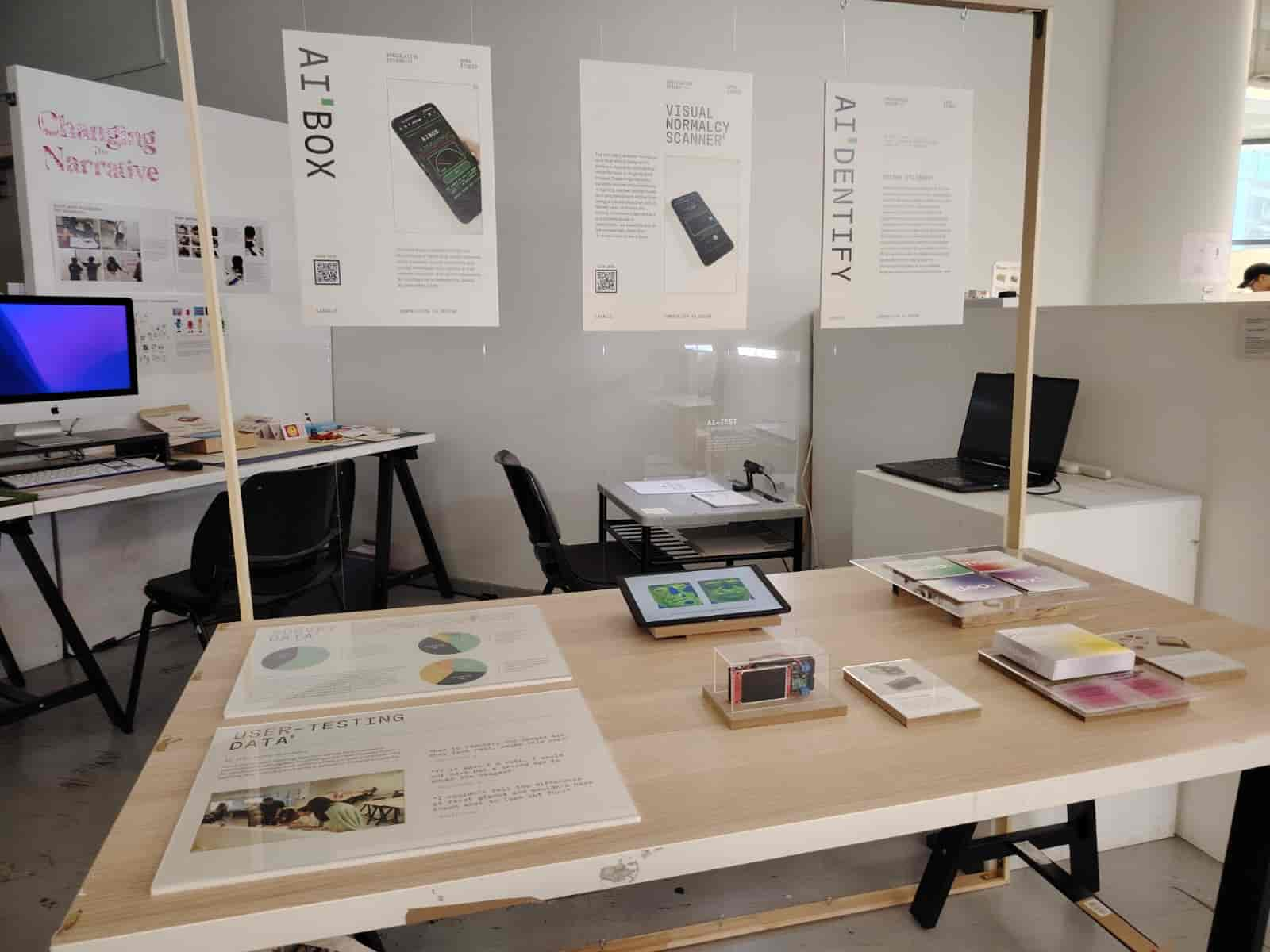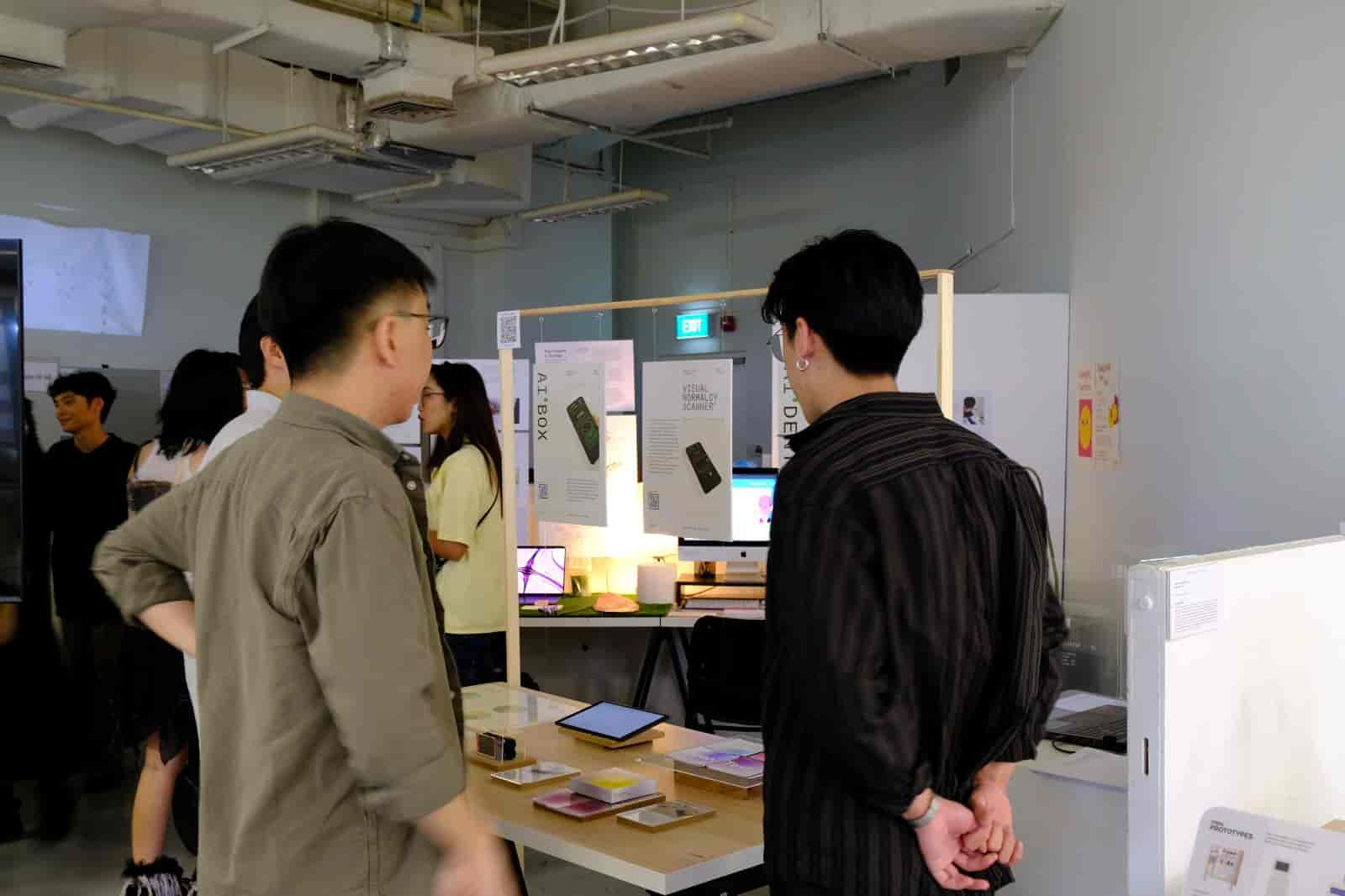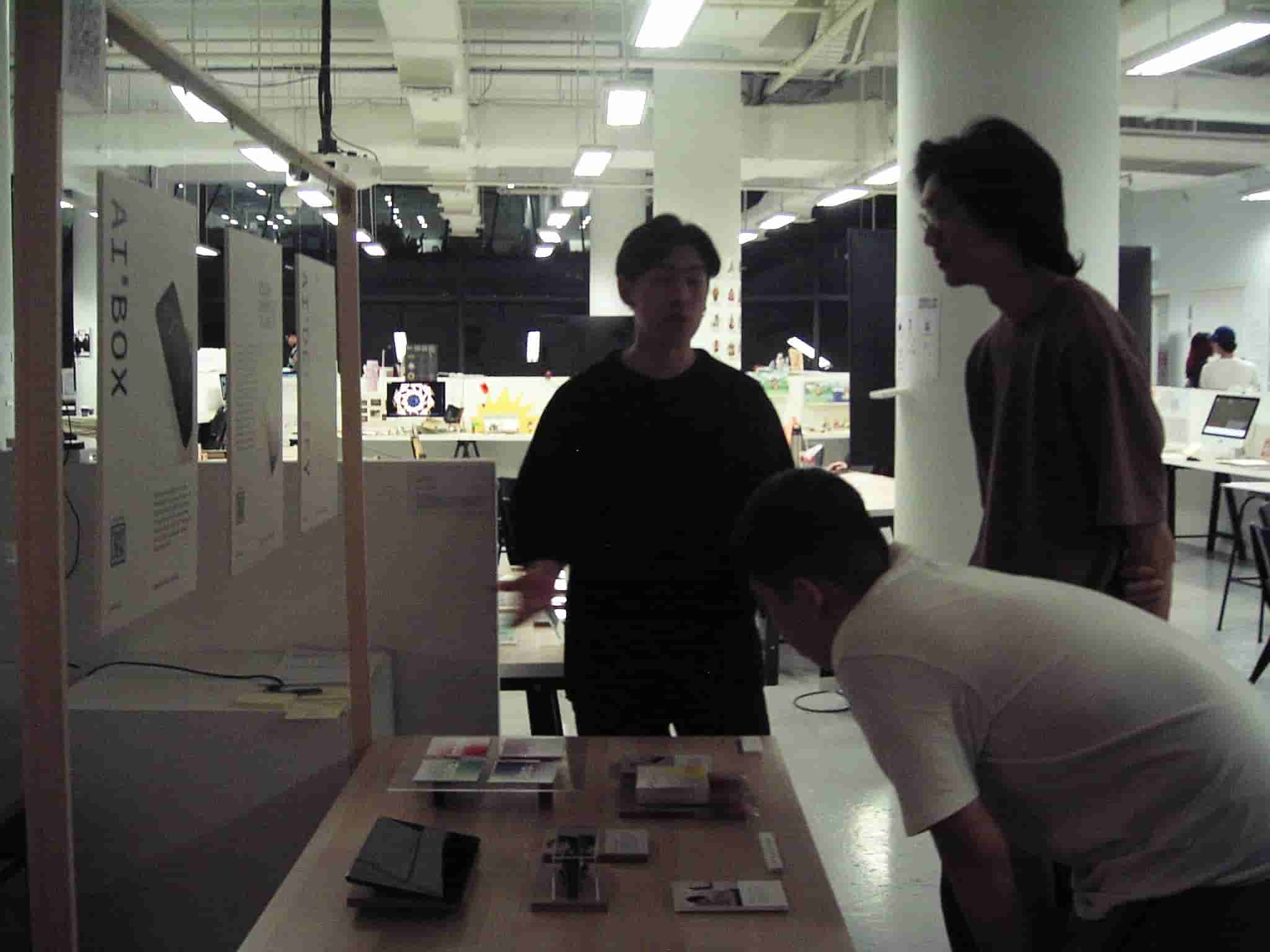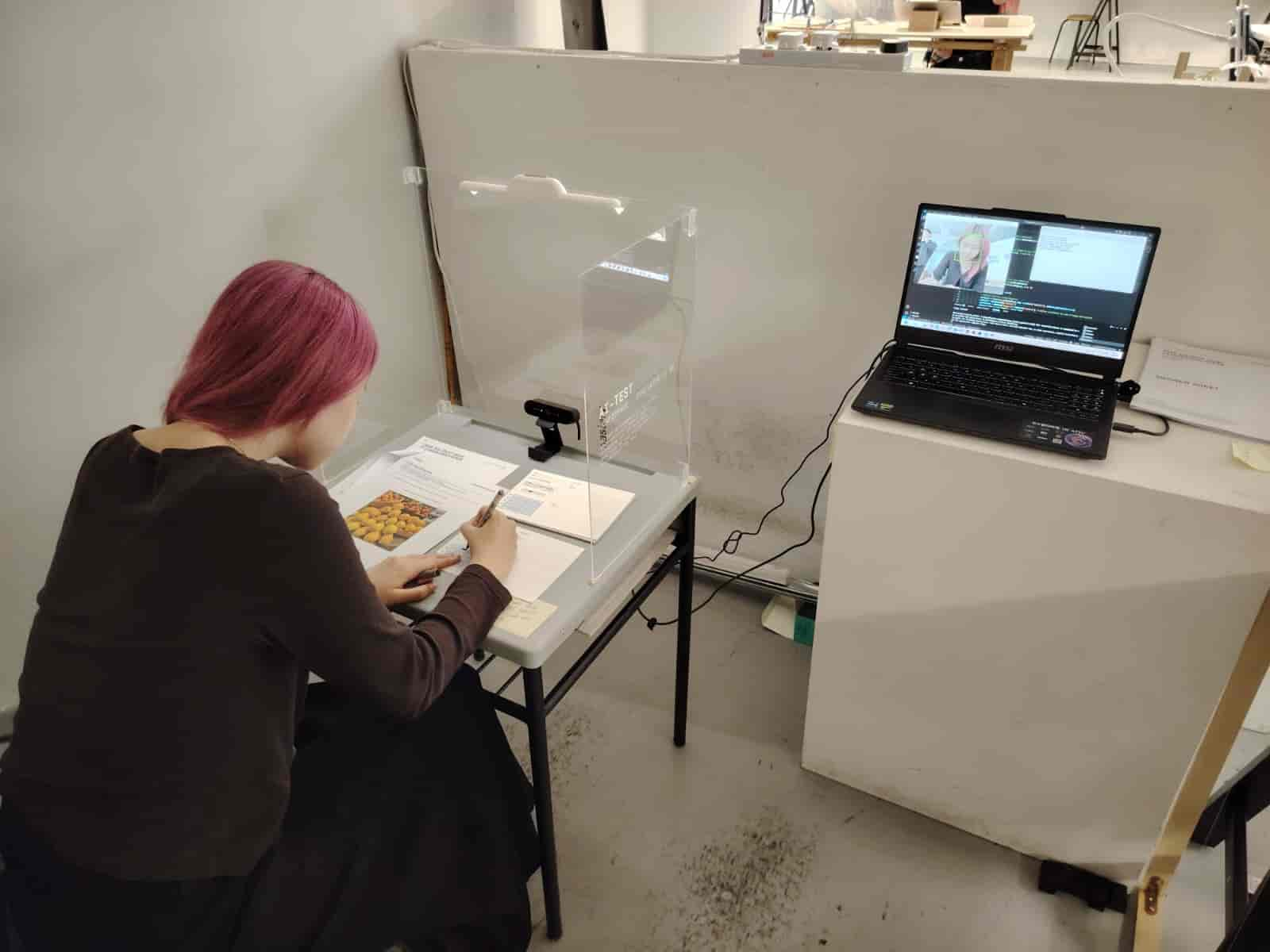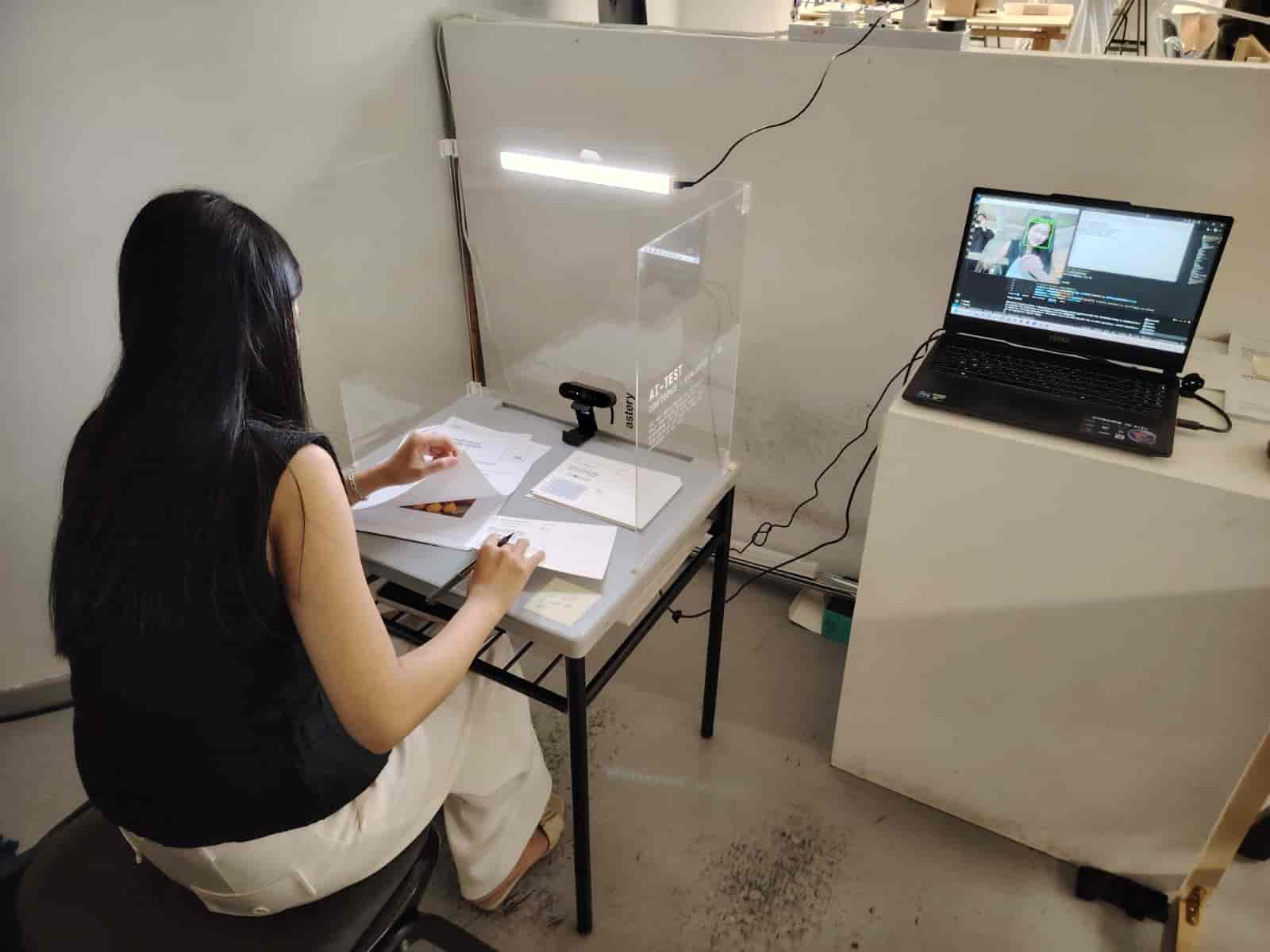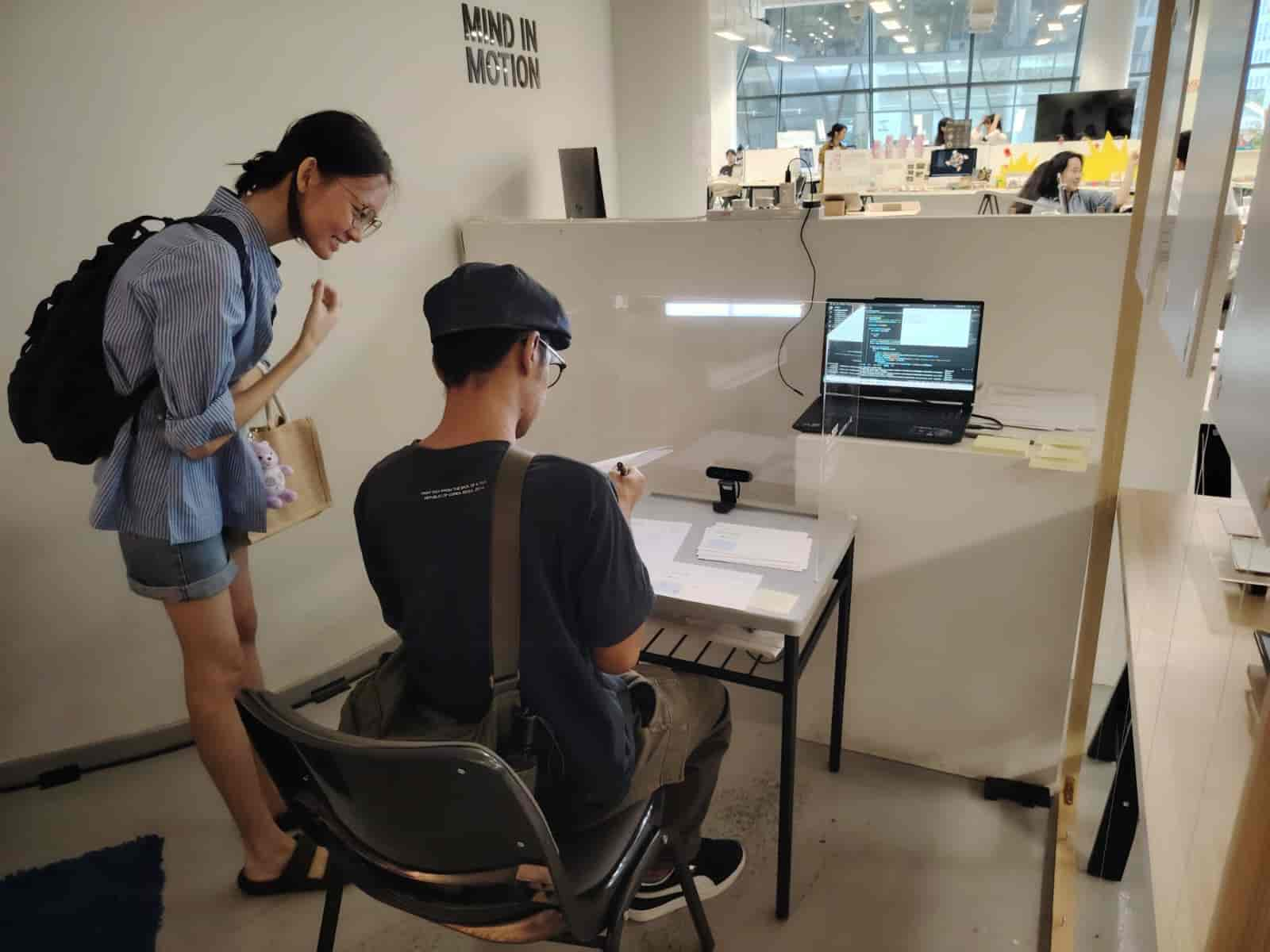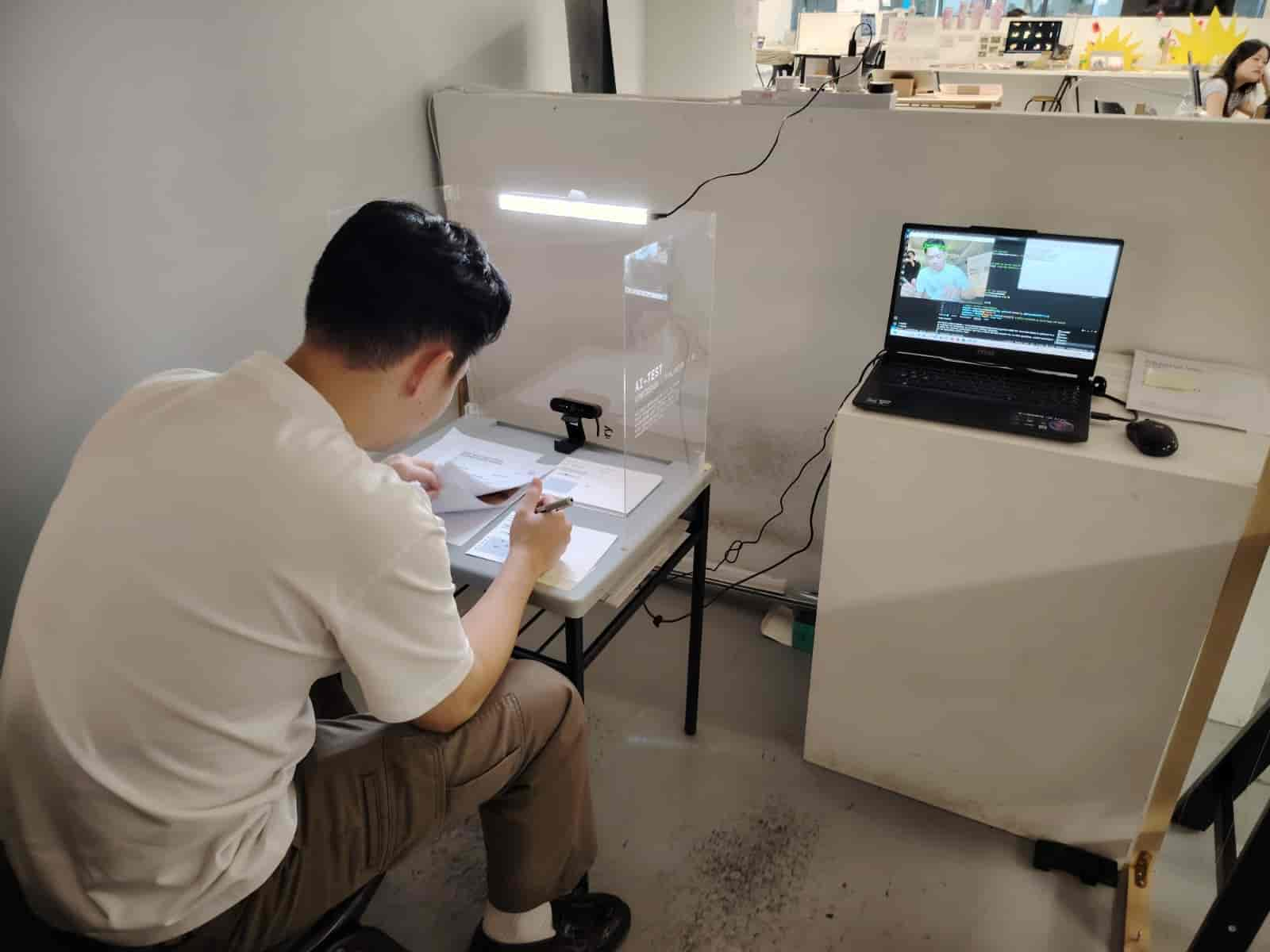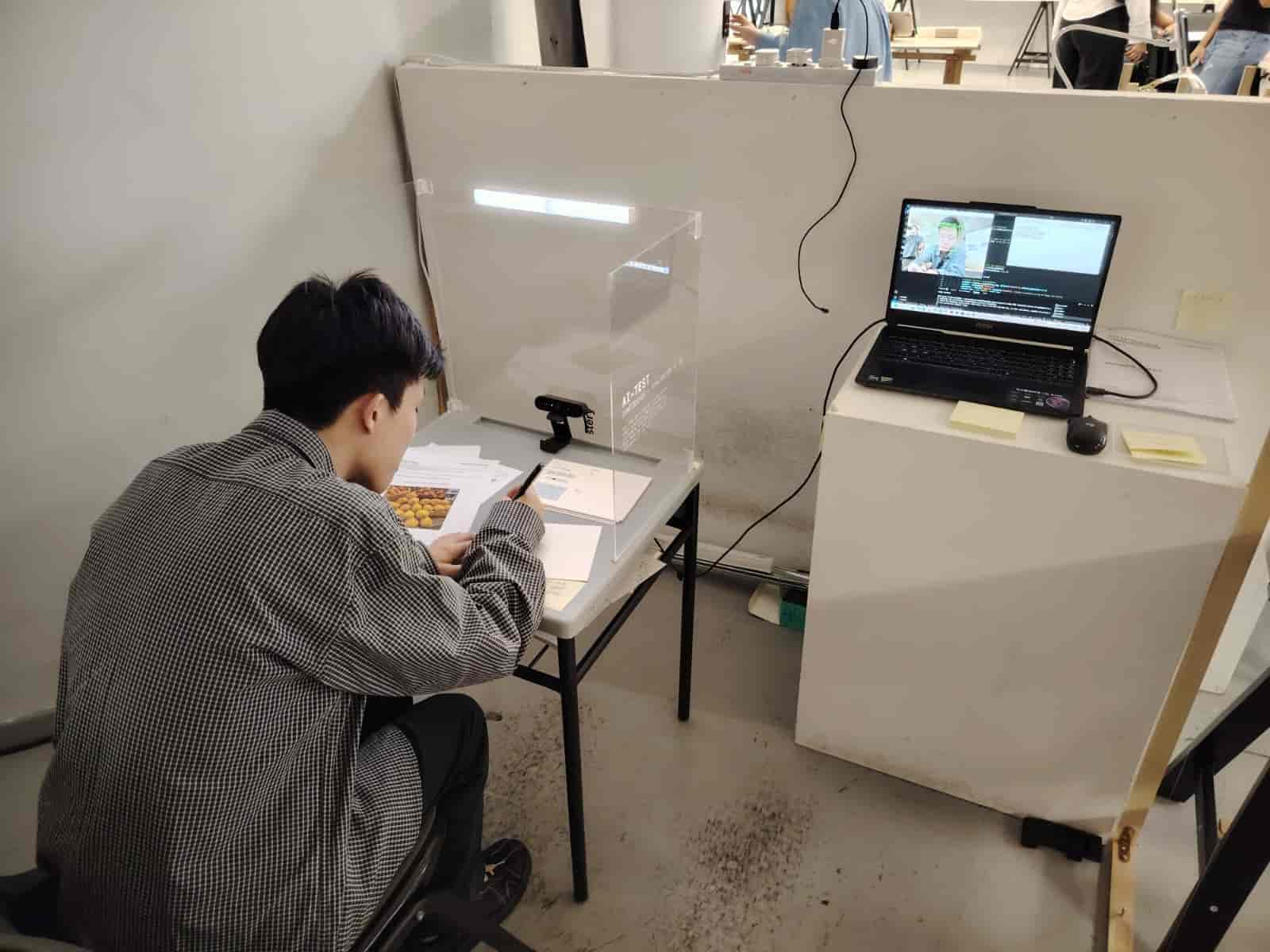OPEN STUDIOS
Finally, the day for open studios is here, I brought the sensor light stick to brighten up the space when people are taking the test. The videos for the artifacts were done and uploaded onto the web that was set up for it as well. What's left was for me to wait for people to approach the project.
QUESTIONS & FEEDBACKS FROM VISITORS
The first industry professional I spoke with (possibly from NDC) raised some insightful points. He noted that audience responses can vary significantly between countries, particularly when comparing Singapore to other contexts. However, he acknowledged that the current target audience still serves as a valuable starting point. Moving forward, there’s potential to expand the scope to a more diverse, international audience. He also posed an important question regarding the longevity and future relevance of the project—an aspect worth considering in its continued development.
I told him frankly that the suggested methods may not work maybe even in 1 or 2 years time as seeing how fast and quickly these AI-capabilities are getting better every 2 weeks, the suggested methods will not work with the more advanced AI-tools.
He also asked about the motivation behind this project, to which I explained that, as a user of AI tools myself, I became increasingly aware of how these tools are trained and the risks they pose. This awareness gave the project a deeper sense of purpose—it felt important and meaningful to share this knowledge with people who may not fully grasp the extent of these risks. From prior surveys and conversations with those around me, it became clear that while many are familiar with AI, their understanding often remains surface-level, focused mainly on the impressive outputs rather than the implications behind them. It also concerns me seeing how fast these AI technologies are getting better every few weeks, speeding the whole process where people are racing to be the first to use these new AI tools.
In the second converation with Kester (Exhibition Project Manager), he shared his thoughts about the project and how it was being presented. It was rather insightful as he pointed out how The overall setup was visually effective, but there was a noticeable disconnect between the narrative and the test table presentation. One viewer immediately associated the project with surveillance, linking it to the Ministry of Education (MOE). While not entirely off-mark—given the educational context—it indicated that the test setup failed to clearly communicate its intended message at first glance. He emphasized that for a speculative artifact to succeed, it must first create a strong initial impression—a wow factor—that captures attention and provokes curiosity. It should instantly hint at the deeper narrative, inviting viewers to explore further. In essence, the artifact must communicate the essence of its message from the outset, offering just enough to intrigue while pointing toward a more complex underlying story.
OTHER CONVERSATIONS
One of the visitors brought up an insightful point—that the project could also address a demographic currently struggling to adopt AI tools into their lives or businesses, particularly those from the Boomer generation. These individuals may be interested in leveraging AI capabilities but lack the clarity on what these tools can offer and how to use them effectively.
Additionally, the representative from NDC highlighted that while the project may not remain directly relevant five years from now, its current impact could be broadened by engaging a wider audience, making it more relatable to today’s societal context.
In a conversation with Kelvin, from our previous coding module, he offered a different but compelling perspective. He believed the project remains relevant, drawing a comparison to bulletproof vests—initially developed to counter bullets. Similarly, tools designed to detect AI-generated content are part of a continuing cycle of countermeasure and advancement. My project fits into this loop, serving as a means of response rather than resolution.
The majority of visitors saw the project as a strong first step in raising awareness about the risks of AI-generated content, as well as sharing useful tips and knowledge. Despite the short-term lifespan of the proposed artifacts, they help initiate important discussions on mitigation and digital safety in the age of AI.
However, one visitor raised a critical concern: the test-like AI setup, if applied in the future, could create added pressure on children, who may already be navigating a world saturated with AI-generated content.
AI-TEST BOOTH
Overall, the AI-test booth proved to be the most engaging aspect of the project, drawing significantly more attention than the other artifacts displayed on the table. Many visitors shared that it evoked memories of their school days, which contributed to a generally positive and nostalgic experience. Several participants also noted that the test helped them better understand what to look out for when identifying AI-generated content, highlighting just how deceptive some of the images could be.
THOUGHTS
Overall, although I received limited direct feedback during the Open Studios, observing how people interacted with the booth provided valuable insights on how to improve the toolkit’s intuitiveness and user experience. Most of those I spoke with understood the concept behind the project and felt it was a meaningful step toward addressing future challenges with AI. Surprisingly, one visitor even suggested that I consider monetizing the toolkit, as it could address real issues around AI-generated content in the near future. Another moment that stood out was when a parent asked if the toolkit was available for purchase—this made me realize the project resonated with people and had genuine value, which was incredibly rewarding.
